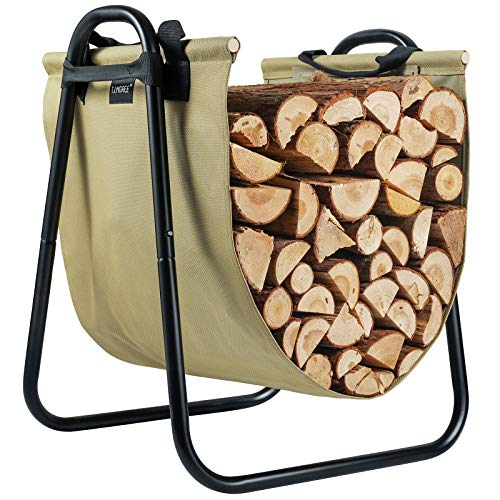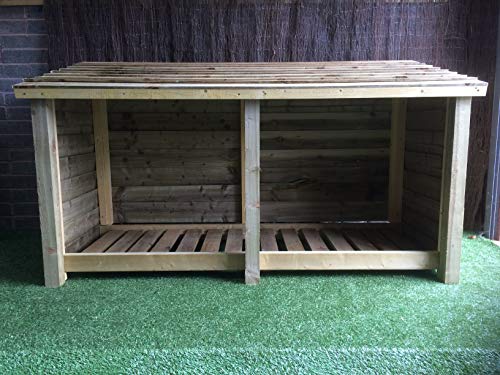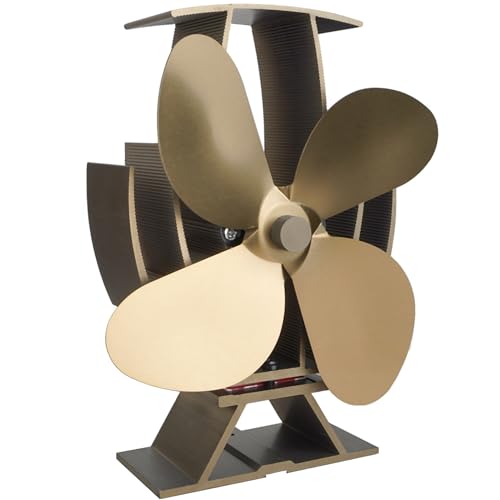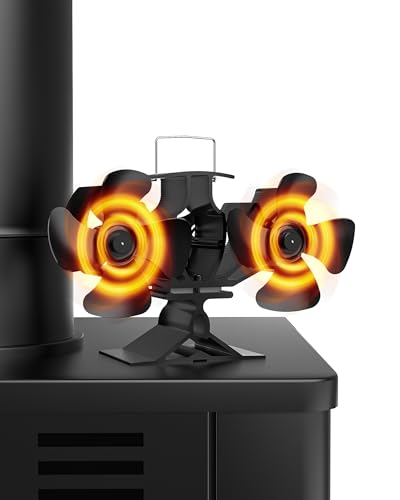How to get maximum heat from a wood burner
A wood burning stove can make your home much warmer over winter. Here’s how to raise the temperature
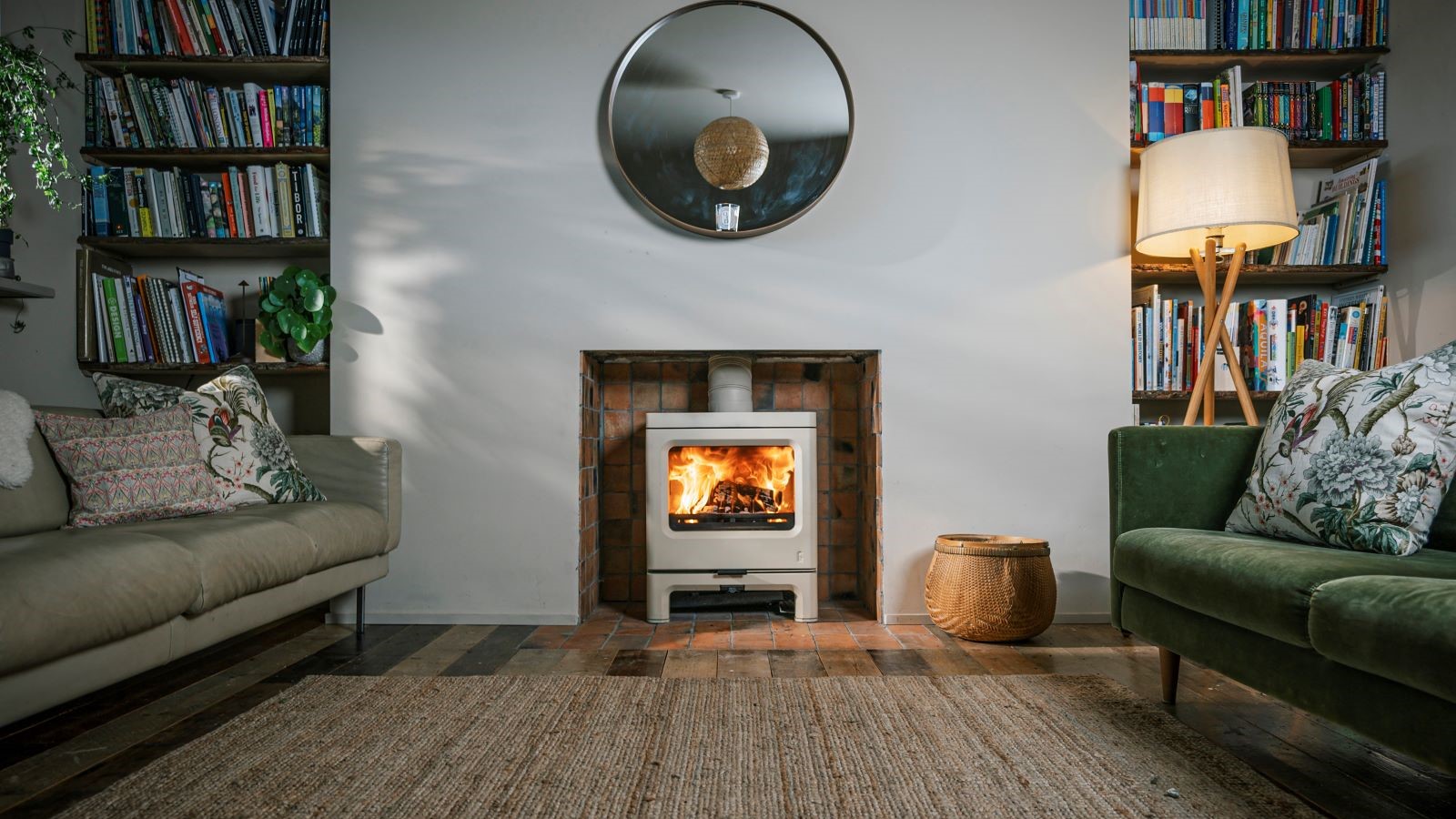
As the nights draw in and the weather gets colder, many of us will be cosying up by our wood-burning stoves.
A wood burner can be an effective heating solution for the spaces we use most, delivering anywhere from 2 kW to 14 kW of heat energy, depending on which model you have and how you use it. I know this first-hand: when everyone’s in the living room at home, I often use my wood burner instead of turning on the central heating.
To successfully heat a room, you may need to maximise your wood burner’s heat output – enough to reach the higher end of its safe operating range. In this guide, I’ll explain the measures I’ve taken to get maximum heat from my wood burner. Experts from B&Q and stove retailer, BMF will provide their hottest tips along the way.
Choosing and installing your stove
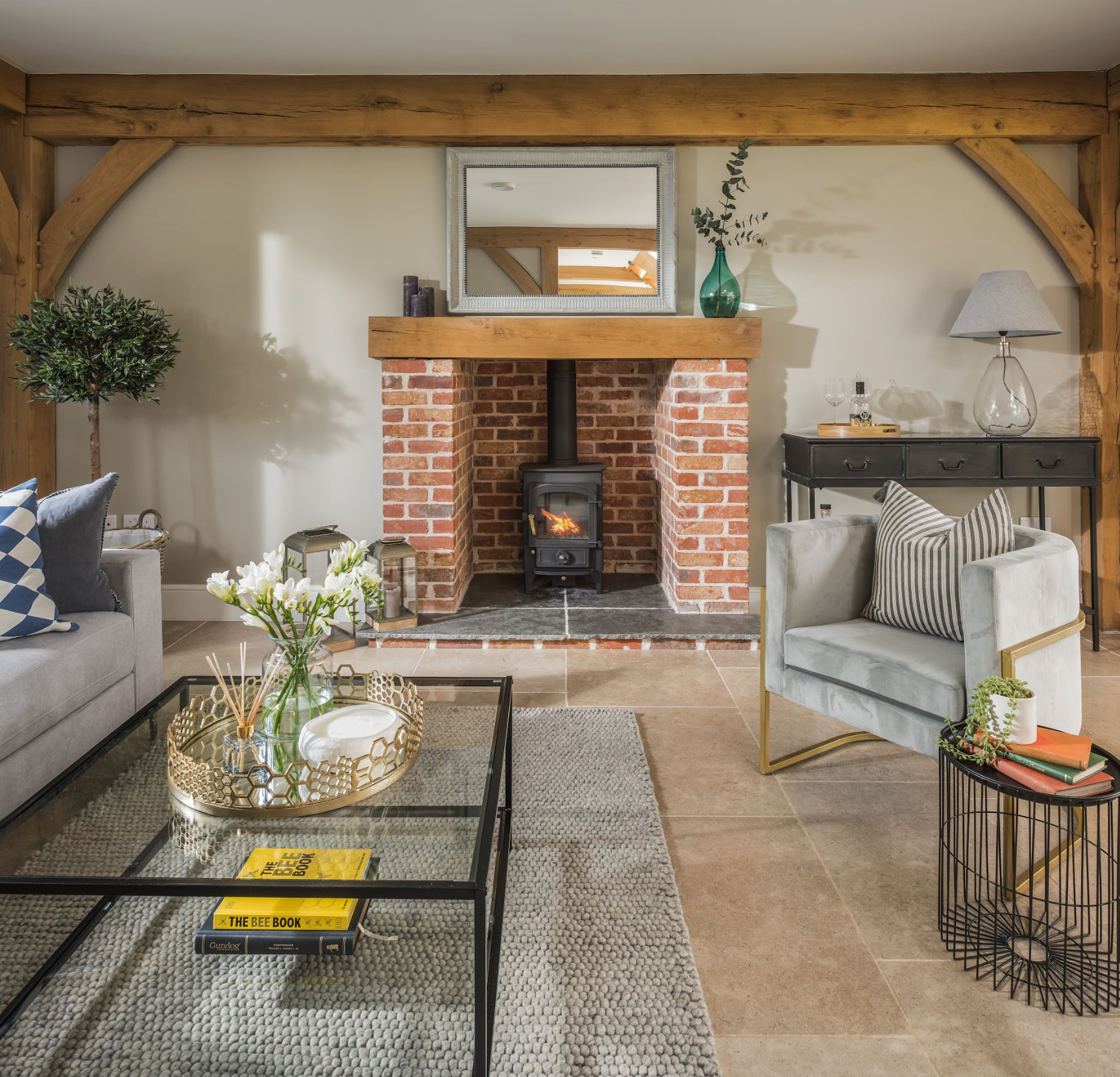
Getting the right level of heat out of your wood burner starts with choosing the right stove and installing a log burner effectively.
Unfortunately, some owners who have inherited their stove will not enjoy that luxury will not be able to take these measures. If that sounds like you, skip to the next section for tips on how to get more heat out of your wood burner.
1. Choose a stove with suitable heat output
Stoves vary greatly in their heat output, due to factors such as their size and design. It’s difficult to pinpoint a wood burner’s heat output, but stove manufacturers must define a ‘nominal heat output’ for each stove in kilowatts (kW).
To ensure you’ll get enough heat from your stove, you should choose a wood burner size that suits the room dimensions. Here are some ballpark estimates to work from:
| Room size (m3) | Ideal nominal heat output (kWh) |
| 56 | 4 |
| 84 | 6 |
| 112 | 8 |
| 140 | 10 |
| 168 | 12 |
| 196 | 14 |
To work out the cubed meterage of your room, you’ll need to multiple its floor area (m2) by its height (m).
My living room is small, so I chose a suitably small wood burner, with a nominal heat output of 4.7 kW. Don’t choose a stove that’s designed to provide more heat than your room requires – the space will end up uncomfortably hot.
Another spec to look at is a stove’s rated efficiency, which will usually fall in the range of 70-90%. The higher the efficiency, the less fuel you can use to achieve the same temperature.
2. Make sure your chimney flue is properly lined
Gases from your wood burner rise up and out of the building via a vertical channel called a flue, which is usually inside a chimney. The flue needs to be lined so that the stove can work efficiently and safely.
“Check the flue diameter requirements for the stove you’re installing and line existing chimneys with the appropriately sized flue liner,” says Sam, a sales assistant at the stove retailer, BMF.
“Installing a stove into an existing chimney without a liner can cause poor performance and affect the operation of the stove.”
You’ll need to hire a HETAS-approved installer to line your flue. Chimney liner costs will vary depending on the condition of your chimney.
3. Insulate the area around the stove
Some of the heat from a wood burner is lost as it is absorbed by the surrounding surfaces (including walls and windows) and passes through them to the outer air (or other parts of the building).
Effective insulation throughout the room will reduce the rate of heat loss from the space. So, if you were thinking of having your walls or floor insulated, or getting triple glazing, now would be a good time to do it.
If you want to be really thorough, you could get your chimney lined with vermiculite, too.
Building and controlling your wood fire
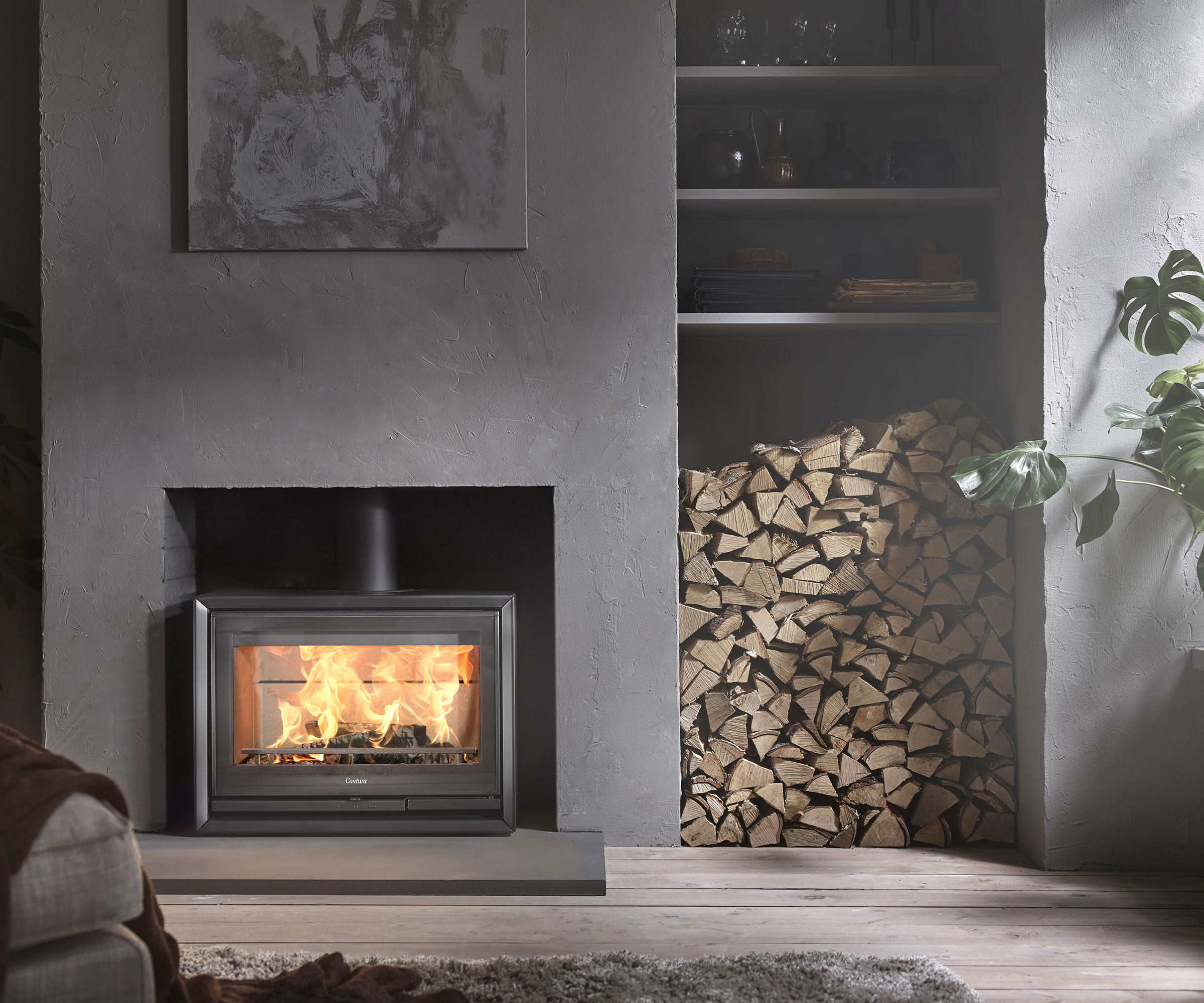
1. Choose a seasoned hardwood fuel
Some stoves are compatible with a different selection of wood fuels than others, so it’s crucial to consult your wood burner’s manual before you buy fuel.
Seasoned hardwood logs – especially oak and ash – tend to offer excellent heat and efficiency.
“When burning wood make sure it's hardwood that’s untreated and has a moisture content under 20% for optimum efficiency and cleaner burning,” says Sam.
Hardwood briquettes are a good, budget-friendly to seasoned logs, providing an estimated 50% more heat relative to your spend on the fuel.
If you’re a DIYer, you may find some suitable fuel among your scrap wood. I’ve been fuelling my woodburner with oak offcuts from when I laid my parquet floor. Don’t burn treated, painted or nail-studded pieces.
2. Store fuel in a dry place
Typically, the drier a log or briquette is, the hotter and more cleanly it will burn. Meanwhile, damp wood fuels tend to produce a lot of smoke and burn inefficiently.
To prevent dampness, store your wood fuel in a dry place that’s not too cold.
“Keeping logs dry is key, so stack them neatly and carefully off the ground, sheltered from the elements, in a place where air can circulate around the wood,” says Mairi Devlin, B&Q’s Head of Buying, Outdoor and Gardening.
“This helps the outside of the logs stay exposed to air, preventing moisture buildup and keeping them ready for use,” she adds.
A well-covered log store should do the trick – or an airy indoor storage place.
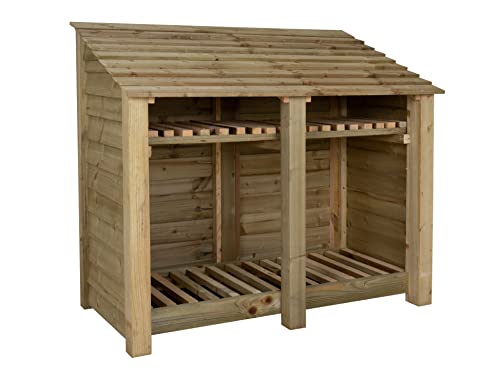
4FT internal capacity - 0.6m3, 4FT internal measurements : W-127cm, H-87cm, D-54.5cm
3. Start your fire successfully
If you’re struggling to get the expected heat from your wood burner, then you might find room for improvement in your fire-starting technique. I certainly have, over the years!
Here are some pointers to bear in mind:
- Start the fire with a mix of fire lighters, logs/briquettes and softwood kindling Many people pile these pieces into a pyramid. If you don’t like fire lighters, try using scrunched up newspaper instead
- Fully open the stove’s air vents while the fire catches You can gradually close the vents as your wood fuel starts to burn
- Use the amount of wood fuel specified by the manufacturer Wood burners are designed to burn specific quantities of fuel at one time. Read your stove’s instruction manual to find out how much wood to load in, and keep the wood burner filled to that level
For more detailed advice, read our guide on how to light a wood burner.
4. Master your stove’s controls
Getting to grips with your wood burner’s controls will equip you to achieve the right temperature.
“Learn how best to operate the stove including the starting procedure and using the air control levers or dials,” says Sam. “This information will usually be shown in your user manual and helps get the best performance out of your stove.”
Most stoves have two air vents: one primary, the other secondary. Opening these vents wider adds more oxygen to the stove, so it should increase the rate of combustion.
What you want is a steady, efficient burn at the stove’s intended operating temperature, so open the vents just wide enough to keep the fire burning hot.
Tips and tricks to maximise a wood burner’s heat
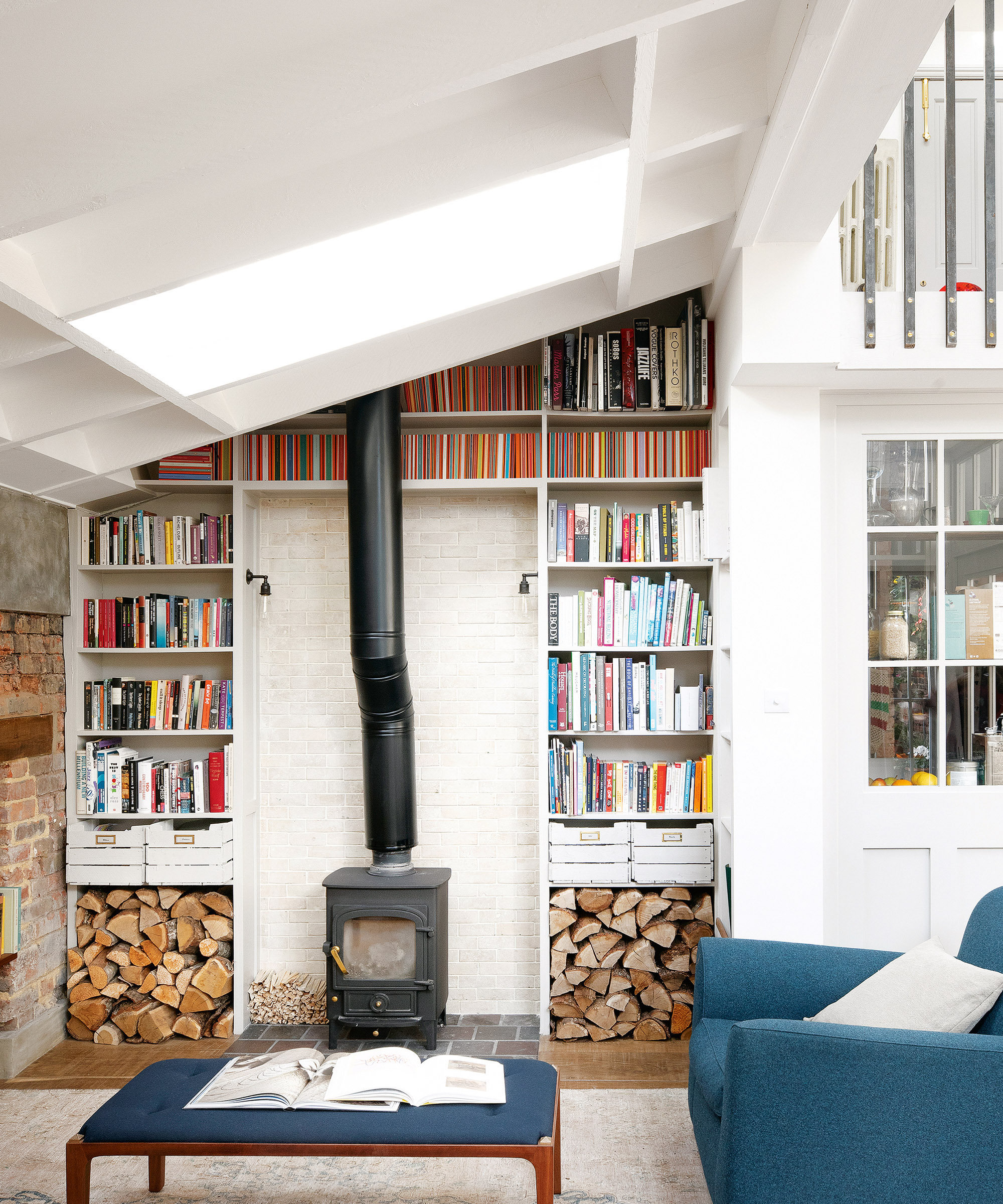
1. Use a stove fan
The best stove fans doesn’t make your stove any hotter, but it maximises the warmth you feel. Place one on top of your stove, and it will take heat from the metal and autonomously push heated air outwards – no batteries required.
“As well as keeping your firewood dry, adding a stove fan to your wood burner can maximise heat distribution by circulating warm air throughout a room, rather than only heating the area around the stove,” says B&Q’s Mairi Devlin.
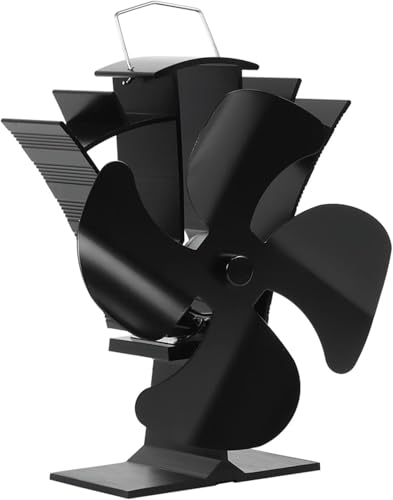
This small log burner fan is a perfect addition to every home that has a wood stove. No batteries or electricity required, but simply the heat from your stovetop, this eco friendly fan allows you to get the maximum heat from your log burner stove
2. Leave a shallow layer of ash in the stove
A shallow layer of ash in the bottom of your stove will help wood fuel to burn, as it provides added insulation.
With that said, you don’t want a thick layer of ash that could cut the flow of oxygen to the fuel, so it’s best to remove some of the ash buildup in your wood burner between uses.
FAQs
How will I know if my stove is too hot?
The danger of trying to get maximum heat out of a wood burner is that you might raise the temperature to a level that’s unsafe for the stove, or uncomfortable for people in the room.
A maximum operating temperature should be stated in your wood burner’s manual. Needless to say, you should keep the stove cooler than this temperature at all times.
“Use a magnetic stove thermometer that will show you the temperature the stove is operating at, as this will enable you to maintain a safe and efficient temperature with best fuel consumption,” says Sam.
Is a wood burner dangerous when it’s hotter?
A wood burner should never be touched with bare hands during or after use – and this applies especially when you’ve been running the stove hot.
Provided you have not exceeded the wood burner’s maximum temperature, and you’ve followed the manufacturer’s instructions, then there should be no distinct dangers involved in heating your stove to a higher temperature than usual. However, contact with the extra-hot metal stove could cause serious accident or injury.
“Remember to always supervise your fire to prevent accidents, especially if you have children and pets at home,” notes B&Q’s Mairi Devlin.
You can provide further safeguarding by limiting access to the stove. I use a brass fire screen for this purpose, as I share my living room with a curious cat.
Can a wood burner heat an entire building?
Some experts (mostly stove manufacturers) claim that a wood burning stove can be used to heat an entire two-storey building.
It’s true that you can spread warmth throughout multiple rooms by taking measures such as using a stove fan, installing ceiling vents to circulate heated air, and maximising heat by building a good wood fire.
However, the heat from a wood burner will dissipate over distance, much like the heat from a radiator does, leaving some parts of the building much colder than others. In my view, only very small properties can be heated comfortably and conveniently by a single wood burner.
If you are in the process of adding a log burner to your renovation project or self build, be sure to read our guide on log burner building regulations as well as log burner planning permission to make sure you're installing it correctly. And if you are still in the process of purchasing a log burner, check out our piece on secondhand log burners as well as our log burner ideas if you are in need of some inspiration.
Get the Homebuilding & Renovating Newsletter
Bring your dream home to life with expert advice, how to guides and design inspiration. Sign up for our newsletter and get two free tickets to a Homebuilding & Renovating Show near you.
Pete Wise is a freelance writer and keen DIYer from Leeds. Pete's tool reviews have featured in titles including Homebuilding & Renovating, Ideal Home and The Independent. He also writes features and news articles for publications such as The Guardian, BBC Good Food and T3. When he isn't busy writing, Pete can often be found at libraries, pubs and live music venues. He finds tile-cutting strangely zen.
